Opus Signinum, a very old floor covering
Opus signinum (‘cocciopesto’ in modern Italian) is a mortar made of tiles broken up into very small pieces, mixed with mortar, and then beaten down with a rammer. This very resilient and waterproof floor covering has been used since at least the 7th century BC. The first example was documented in Lebanon.
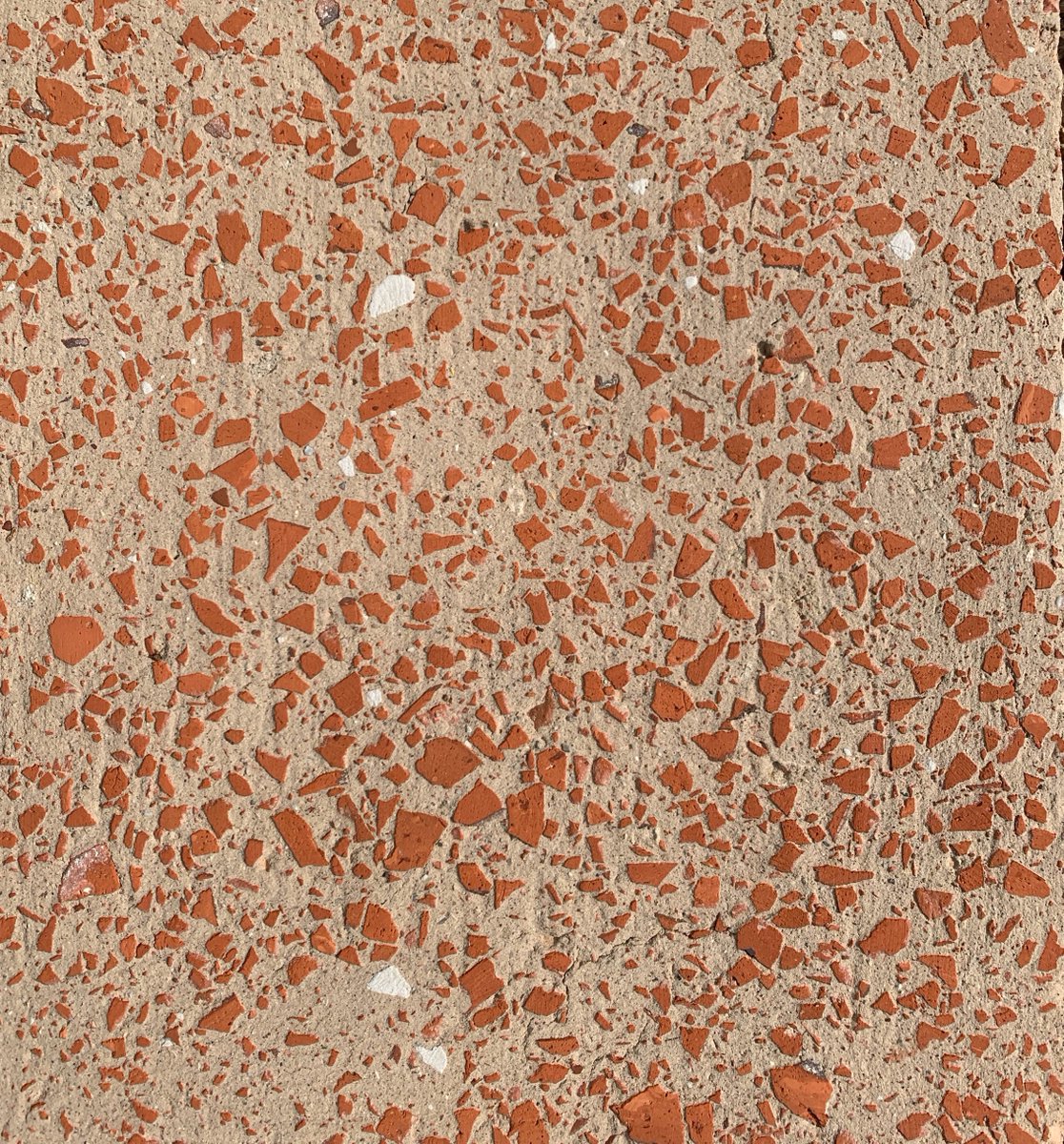
The Old Romans named it Opus Signinum
Pliny the Elder in his Natural History describes its manufacture: “Even broken pottery has been utilized; it being found that, beaten to powder, and tempered with lime, it becomes more solid and durable than other substances of a similar nature; forming the cement known as the “Signine” composition, so extensively employed for even making the pavements of houses.”
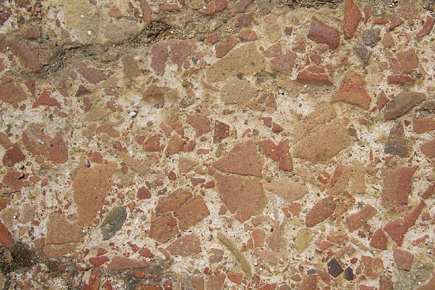
From Functional to Decorative
People have been using stones to draw designs on grounds for millenia.

From the beginning people decorated their mortar floors with stones of different colors. They would usually lay them in geometric patterns.
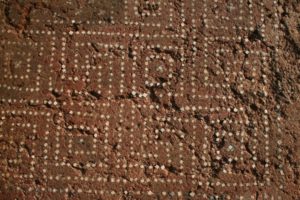
The oldest known ancestor of Emperor Trajan
At the Archaeological Museum of Sevilla, Spain, a good size pavement bears mention of the oldest relative known to us of Emperor Trajan.
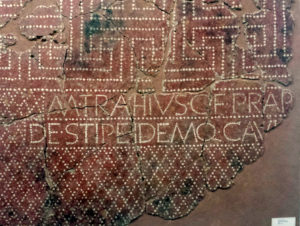
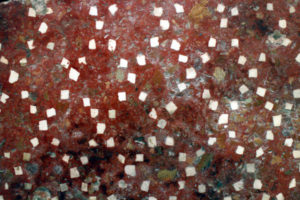
Trajan, like his successor Hadrian, was born in Italica, right beside the modern Sevilla.
The latin inscription reads :
M(arcus) TRAHYUS C(aii) F(ilius) PR(aefectus) AP[ollini,templum ?] /
DE STIPE EDEM(que) CAVL[as d(e) s(ua) p(ecunia) f(acienda) c(uravit ?]
and translates n English as:
Marcus Trayus, son of Gaius, prefect, saw to it that a temple to Apollo
was erected by public subscription, as well as the corresponding gates at his expense.
Meanwhile, in Southern Gallic UCETIA
In 2017, many structures belonging to the ancient UCETIA were discovered in Uzes, France. The floors of a 1st century Villa were decorated in both Opus Tessellatum and Signinum.
One of these floors decorated with swastika and dolphins was laid on a WHITE mortar. This is worth noting as Opus Signinum is usually of a reddish color.
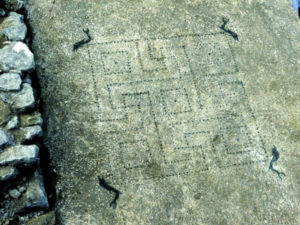
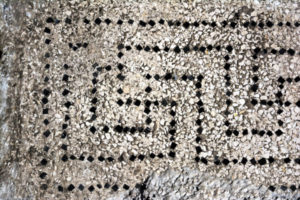
Only the border of a second floor was preserved.
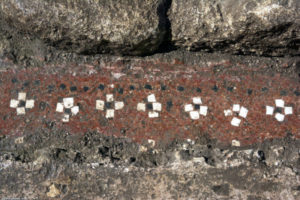
Tradition goes on.
Opus Signinum never stopped being used in construction. Modern companies such as SIGNINUM keep the tradition alive
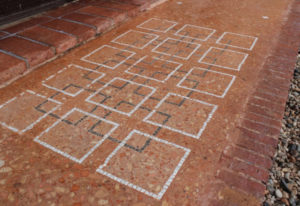
And if you would like to give it a try, you can purchase from firms like Natural pigments or Frescoshop “Cocciopesto” (crushed or pulverized clay tiles) to mix your own Signine.
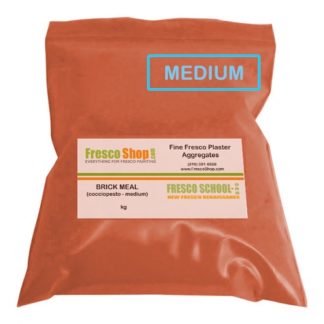

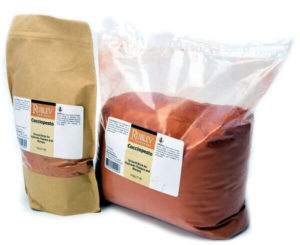



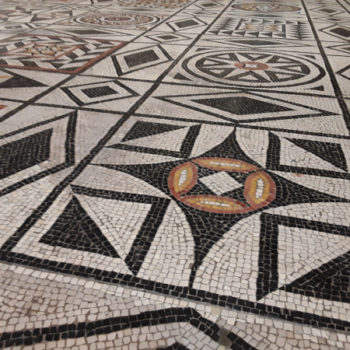


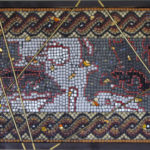
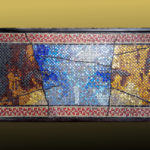
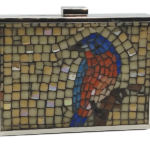
1 Comment. Leave new
Hi,
Thanks for an interesting read about opus signinum.
Do you have links and references to how to manuals for making your own opus signinum?
Also nitty gritty info to make it work in different contexts. For flooring, pavement, indoor, outside. Different mixes, how much moisture in the mix? Tamped /compacted manually like traditional roman concrete? Layers beneath opus signinum, drainage and foundation in outdoor pavement with opus signinum etc?
Thanks